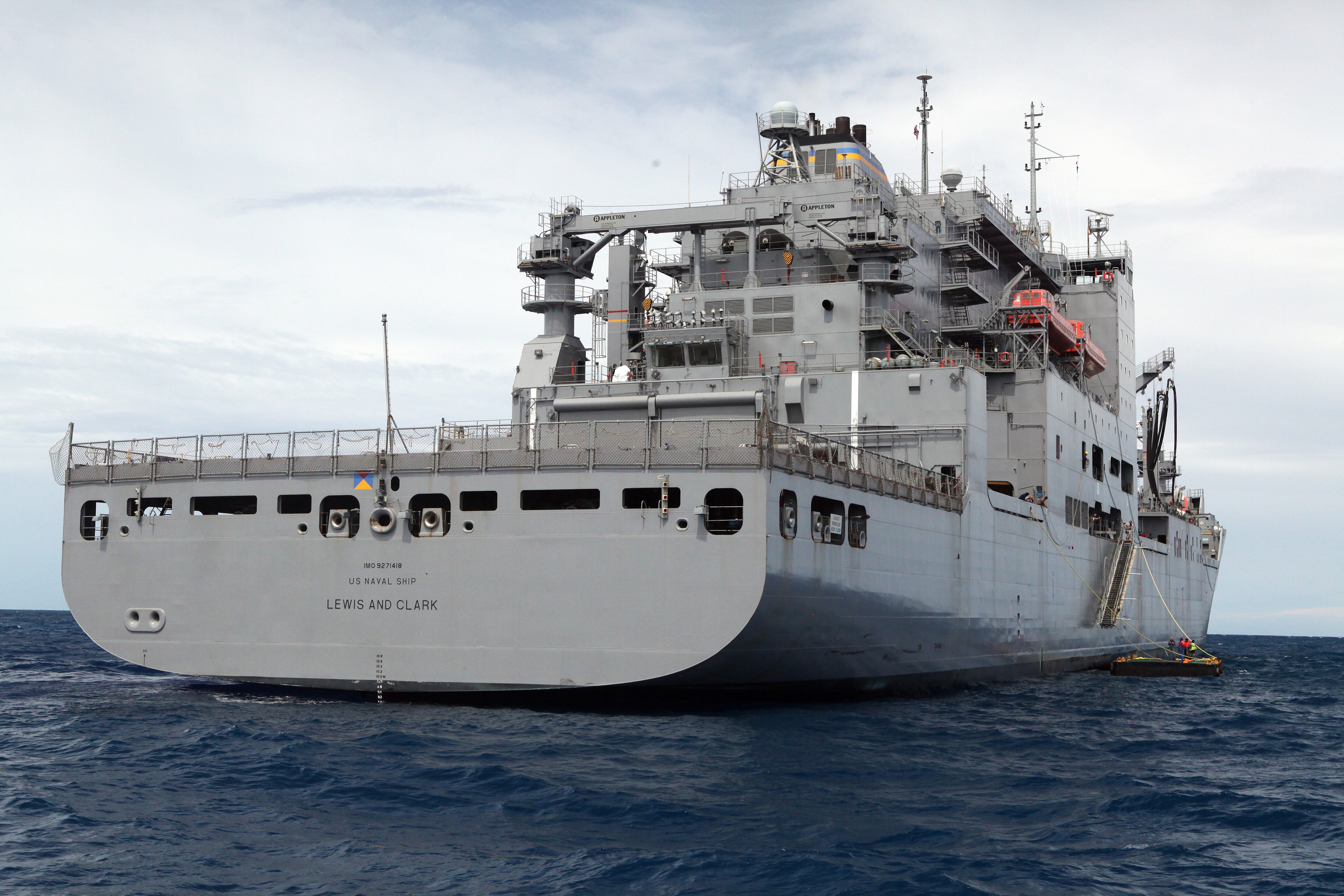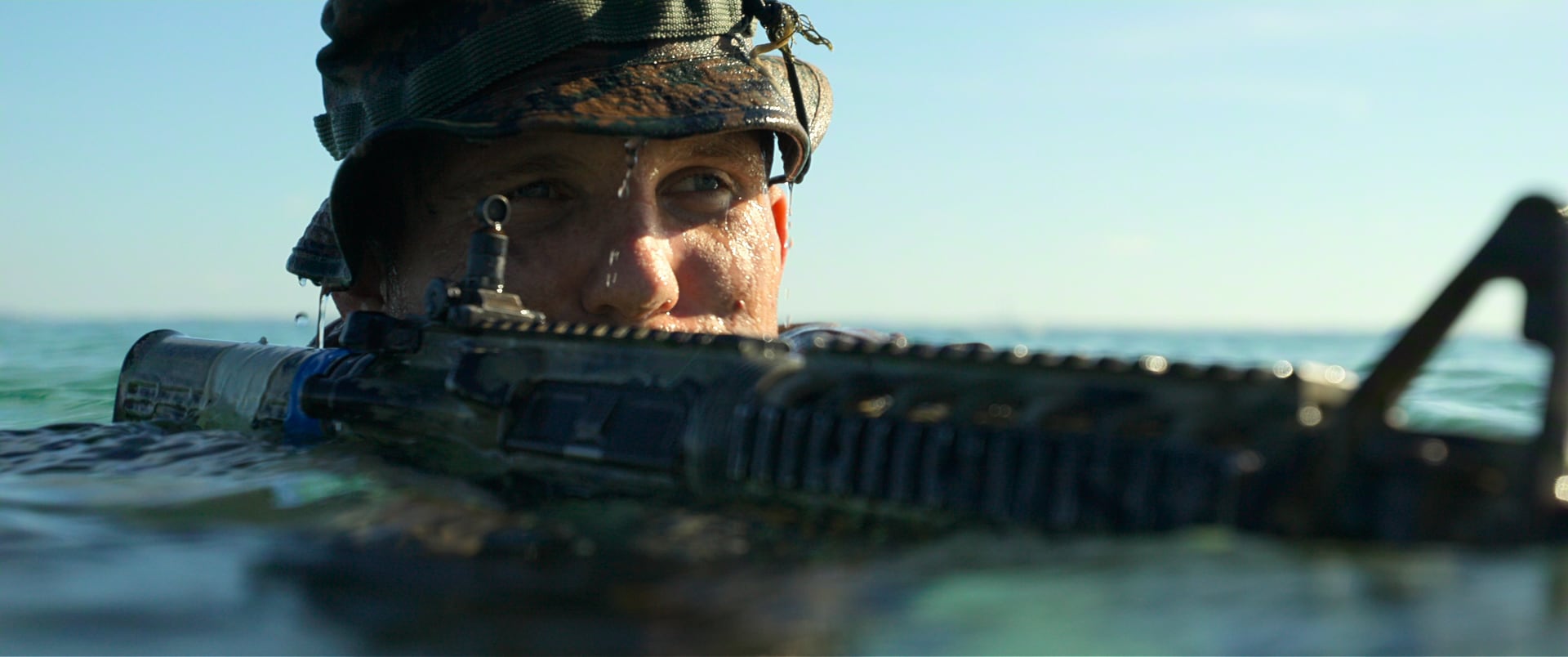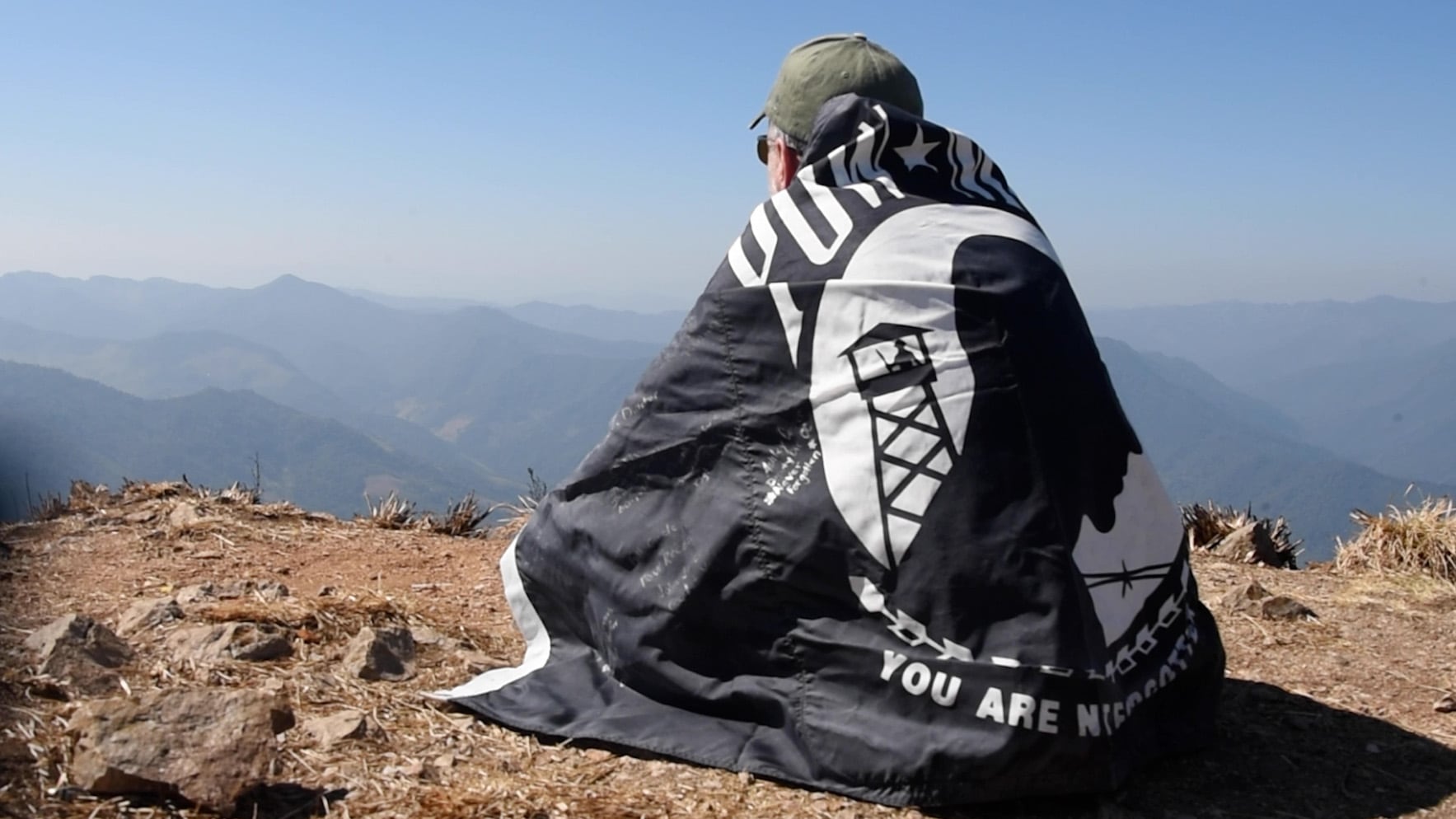About 80 Eighty Marines in late November will soon wrap up an historic deployment that placed them leathernecks aboard a new type of ship and gave them the chance to rekindle an old Pacific alliance.
The four-month Koa Moana 15-3 exercise focused primarily on partnerships throughout the Pacific — and not only among foreign nations. The Marines operated from the dry cargo ship Lewis and Clark, a civilian-run ship that belongs to Military Sealift Command. U.S. Navy and Coast Guard personnel also participated.
The Marine team was composed comprised of a law enforcement platoon, engineer platoon, and a headquarters platoons, along with a mixed with a variety members of military occupational specialties from I Marine Expeditionary Force. They left Charleston, South Carolina, on Sept. 4, transited the Panama Canal, and conducted training in Tahiti, French Polynesia; Tarawa, Republic of Kiribati; Fiji; and Vanuatu.
The Marines have a final stop in Timor-Leste and are expected home in early December.
Training in Tahiti marked the first time Marines had been there in a dozen years, according to Marine officials. The detachment teamed with French forces to conduct live-fire police and squad tactics, explosive ordnance disposal, and dog handling. The Fijians honed the Marines' jungle operations and rainforest survival skills, while general policing skills and riot control was the focus in Kiribati.

Marines complete a hike on Moorea Island, northwest of Tahiti, in French Polynesia, Sept. 29. The hike included U.S. Marines and French troops during Exercise Koa Moana.
Photo Credit: Marine Corps
A rigorous mountain hike was thrown in at each stop, as well.
"In each of these countries, the language and cultural barrier is always the first and most difficult task," 1st Lt. Bradley Wilson, engineer platoon commander, told Marine Corps Times. "However, the Marines have been very adaptable in each scenario. Through training and mutual hardship, I believe each force has gained an appreciation for how the other operates."
Wilson said the most rewarding parts of the deployment came during community projects completed on each island was the most rewarding experience. Specifically in Fiji, where the Marines helped pour a concrete foundation and built a cinder block wall for a school for disadvantaged children. For Sgt. Michael Hughes, that was especially true in Fiji, where Marines helped pour a concrete foundation and built a cinder block wall for a school for disadvantaged children. it was something intangible.
"From the French army to the Kiribati citizens, the Marines have built relations that both sides will not soon forget," the military policeman said.
New experiences at sea
The detachment operated from the dry cargo ship Lewis and Clark, and that Marine/MSC team is becoming increasingly common. A platoon out of Marine Rotational Force–Darwin caught a ride on sister ship Sacagawea this summer for bilateral training in Dili, East Timor-Leste.
The Navy is working to revive its aging amphibious fleet, but the outcome is uncertain as budget battles rage. Marines are going to sea aboard more Navy vessels, including Enter the expeditionary fast transport — formerly the joint high-speed vessel — or dry a shallow draft, aluminum, commercial-based Catamaran that can serve as a launching platform for helicopter and riverine operations. And there is the expeditionary transfer dock formerly the Mobile Landing Platform) and the Expeditionary Mobile Base (formerly the Afloat Forward Staging Base). Dry cargo and ammunition ships have served as alternate command, control, operational and logistics platforms in various exercises such as Bold Alligator. While these vessels don't have the survivability of an amphib, they are far less expensive, and available.

Military Sealift Command's dry cargo and ammunition ship Lewis and Clark sits off the coast of Tarawa, Republic of Kiribati, in October. Marines spent months aboard the dry cargo ship during a deployment to several Pacific island nations.
Photo Credit: Navy
That’s not bad news for sea-going Marines. Life aboard an MSC ship is quite comfortable when compared to the gray hulls. Berthing spaces top out at 15 racks. The head has private toilet stalls and top-notch hand dryers. In the EFT, a large common area has upwards of 300 reclining chairs with adjustable back support and 20 flat screen TVs for movies and video games. Knee-knockers are more like toe-stubbers and hatches have been replaced by doors you don’t have to dog down. There's even are plenty of outlets in berthings and common areas, and plenty of air conditioning pumping through all the spaces.
But since the It’s is not all sugar and spice. The ships aren't yet not (yet) designed for long-term embarkation, so some lack gyms. And while the civilian chow is better than average, there is only seating for a few dozen at a time.
Still, the Marines aboard the Lewis and Clark for Koa Moana said the facilities — especially the berthing space — were amazing. But overall, the Marinesgave their ride two thumbs up.
"The facilities, especially the berthing, have been amazing," Wilson said. "For most of these Marines, this is their first time on a ship so they don't have anything to compare it to," Wilson said. "But many of the more senior Marines on board were surprised by how comfortable the living conditions were."
Being on a smaller ship also gave the Marines more time to focus on career development, said Sgt. Craig Matz, assistant explosive ordnance disposal team leader. On a Navy ship, the sailors and Marines work together, but on the Lewis and Clark, the civilian mariners worked independently.
"The operational tempo on a Navy ship is higher. For example, flight ops are going consistently," he said Sgt. Craig Matz, assistant Explosive Ordnance Disposal team leader. "Here on the Lewis and Clark, you don’t have that high tempo. There is more time to concentrate on ... [military occupational specialty] training, small-unit leadership [and] small-arms ranges and cross training. On a Navy ship you work closely with the sailors, but on the Lewis and Clark the Civilian Mariners work independently."
Marines conducted live-fires off the aft end and executed five5-mile humps hikes on the main deck. Twenty corporals graduated Corporal’s Course 15-3 aboard the ship while en route to Tahiti.
"The operational tempo on a Navy ship is higher. For example, flight ops are going consistently," said Sgt. Craig Matz, assistant Explosive Ordnance Disposal team leader. "Here on the Lewis and Clark, you don't have that high tempo. There is more time to concentrate on [military occupational specialty] training, small unit leadership, small arms ranges and cross training. On a Navy ship you work closely with the sailors, but on the Lewis and Clark the Civilian Mariners work independently."
The exercise marked the first use of a Maritime Prepositioning Force ship in Kiribati and Vanuatu, said Fir1st Lt. Natalie Poggemeyer, spokeswoman for Marine Corps Forces Pacific. Next year's iteration of Koa Moana, which means ocean warrior, exercise is slated to embark troops military personnel from the Pacific island nations of Oceania and deploy a combined task force for theater security cooperation training that may include an engineer civic action plan.





